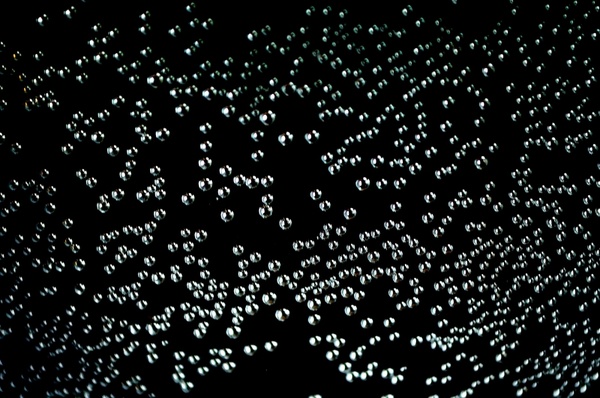Prosecco is often compared to Champagne because of its dainty rich bubbles, but they are very different wines. The most noticeable difference is Prosecco’s price tag. But this Italian wine is much more than just inexpensive bubbles.
Like Champagne, Prosecco is named for its growing region. The Prosecco DOC (designated growth zone) is in northeast Italy and includes the provinces of Veneto and Friuli Venezia Giulia. The wine is made primarily with the Prosecco grape (also known as Glera). The wines originated in the Valdobbiadene region in Veneto.
It is produced using a method known as Charmat (tank), which differs from Champagne. The Champagne or classic method entails fermentation in the bottle and long aging periods. Prosecco is produced in stainless-steel tanks, making it faster and more efficient to produce.
Most are produced dry in a brut style, but many think they are tasting a sweet wine. It’s the grape’s exceptionally fruity flavors of melon, pear, honeysuckle and green apple that make it seem sweet. As with other sparkling wines, there are styles based on the sweetness level or residual sugar: Brut has about ½ a gram of sugar per glass; extra dry has just over a half gram; and dry about a gram.
Recently Prosecco has become a staple at many parties and dinner tables. Compared to other wines, Prosecco is lower in alcohol content, usually around 11 percent, making it ideal for daytime parties and brunches. It matches well with lighter menus and is a value substitution for pricey Champagne in mixed drinks.
THE VALUES
- NV Voveti Prosecco, Italy (about $15 retail)
- NV La Gioiosa Valdobbiadene Prosecco, Italy (about $15 retail)
- NV Zonin Prosecco, Italy (about $15 retail)
THE SPLURGES
- NV Oriel 365 Prosecco, Italy (about $24 retail)
- NV Santa Margherita Brut Prosecco, Italy (about $25 retail)
